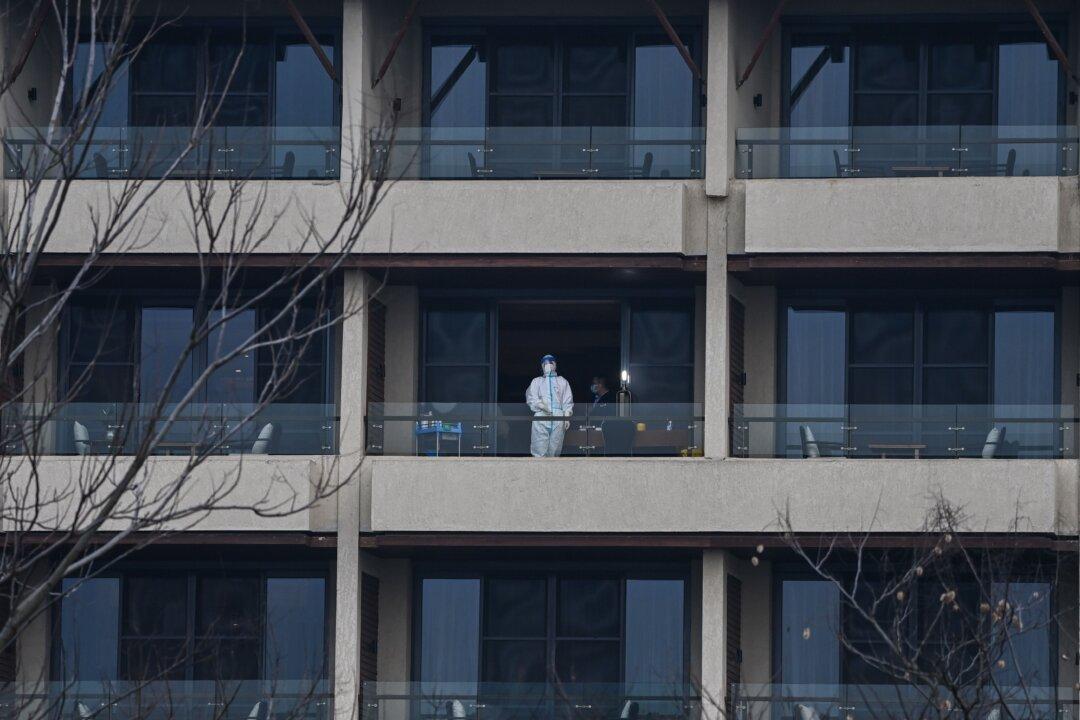During the Lunar New Year holiday, the Chinese regime claimed that there were no new domestic CCP (Chinese Communist Party) virus infections in the country. However, full lockdowns were still in place in Hebei, Jilin, and Heilongjiang provinces.
“This is a political ‘zero.’ The virus outbreak in China is still very serious,” Wuhan resident surnamed Wu told the Chinese-language Epoch Times in a Saturday phone interview. “The figures that the [Chinese] government released is fake...They know clearly about the outbreak, but won’t tell people.”





